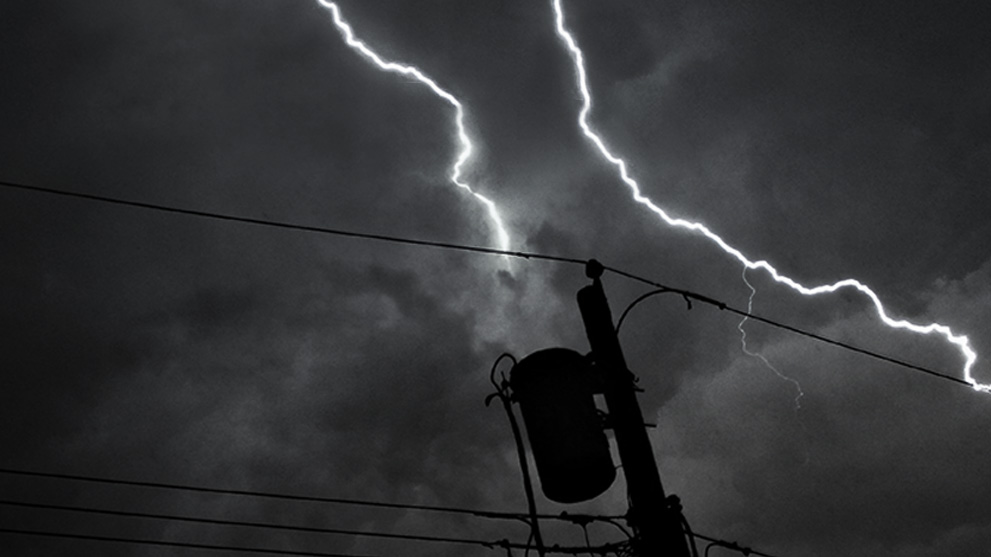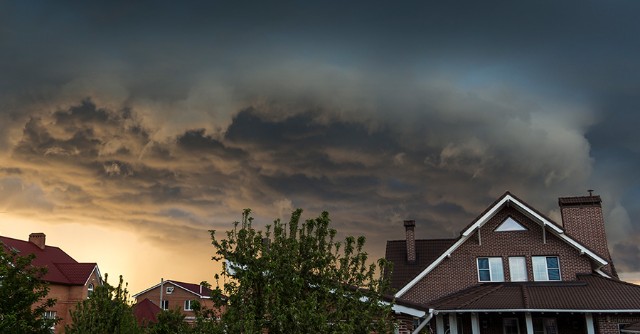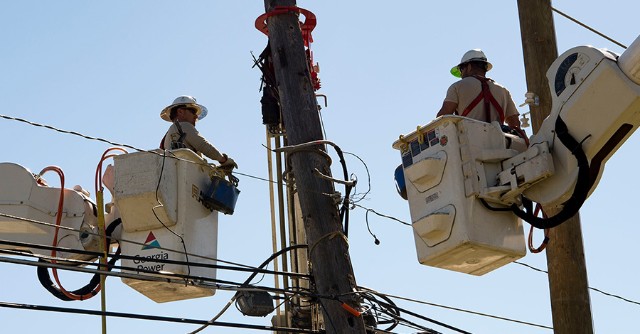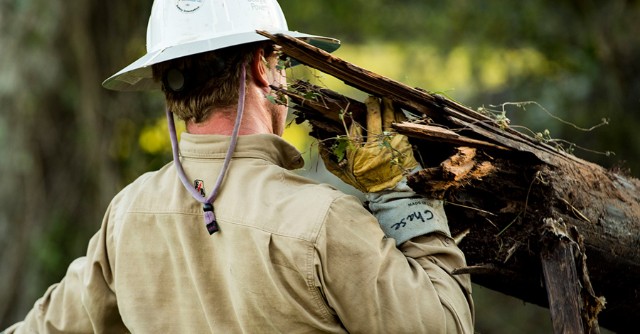How to prepare and stay safe during a storm
During a storm, safety matters most. This means your safety and the safety of repair crews. We do not make repairs in dangerous weather conditions or in flooded or badly damaged areas. Please rest assured that our highly trained crews will begin restoring power as soon as it's safe to work.
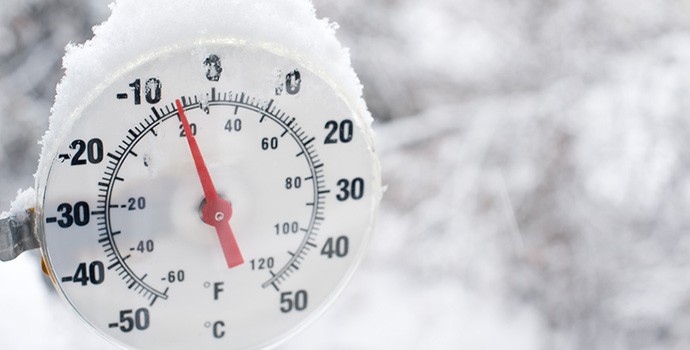
Winter Weather
Even in Georgia, we get ice storms caused by prolonged periods of freezing rain. Trees, roads and walkways get covered with ice. Power lines come down. If you lose electric service, the following safety tips can help you stay safe.
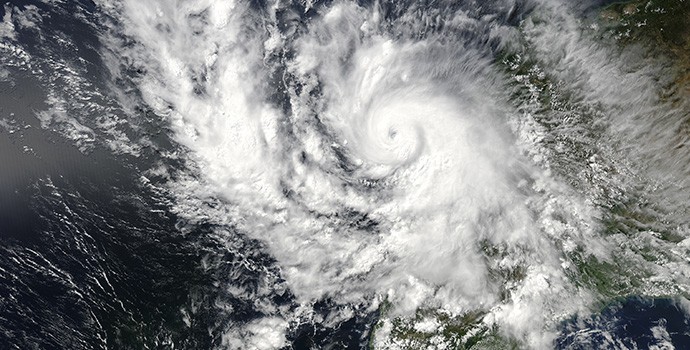
Hurricanes
A family hurricane plan can help you and your loved ones be as ready as possible for an approaching hurricane. Make sure everyone in the family understands the plan. One weekend in May each year, review the plan.
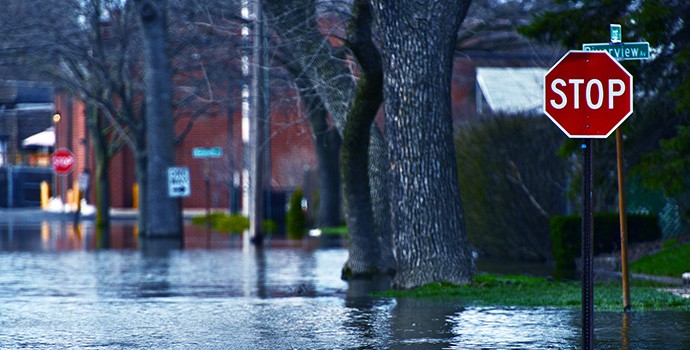
Floods
Flash flooding is the No. 1 weather-related killer in the United States. Flooding can occur after just minutes of heavy rainfall. Floods may happen anywhere and at any time.
A flash flood watch means flash flooding could occur due to rain conditions. A flash flood warning means flash flooding is happening or is about to happen, and you should move to safe ground immediately.
Follow these steps
- Be alert. If rains last several hours or days, there's a chance of flooding. Listen to local radio or TV stations and NOAA weather radio for watch/warning bulletins. Know your area's flood risk.
- Watch for rising water levels. Quickly go to high ground if you see or hear rapidly rising water.
- Never attempt to walk or drive through flowing water. Water may appear shallow, but flooding can wash out deep holes or sweep people away. Most flood deaths occur in automobiles, often when drivers attempt to cross flooded places. If your vehicle stalls, abandon it and go to higher ground immediately.
- Be especially cautious at night. Darkness can hide flood dangers.
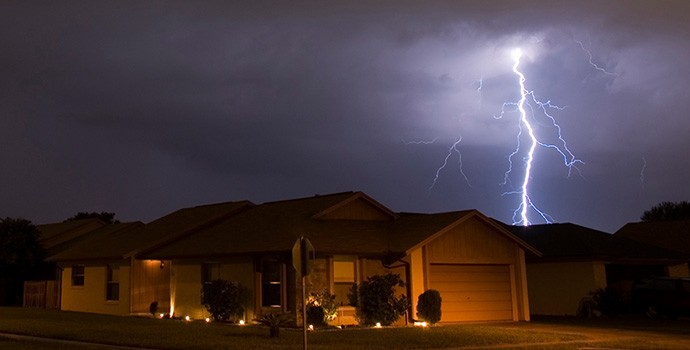
Thunderstorms
Know the difference between a severe thunderstorm watch and a severe thunderstorm warning. A severe thunderstorm watch tells when and where severe thunderstorms are likely to occur. Severe thunderstorm warnings are issued when storms are reported by spotters or appear on radar.
Follow these steps
- Stay aware. Watch for approaching storms. Check the weather forecast before heading outdoors. Postpone outdoor activities when thunderstorms are forecast. Tune in to a weather radio for 24/7 updates from the National Weather Service.
- Know what to do. Take safe shelter immediately inside a sturdy building, away from windows, doors and electrical appliances. Avoid contact with conductors of electricity, appliances, metal objects and water. Get out of boats and away from water. Find a low spot (but one that will not flood) away from trees, fences and poles. If you are in the woods, take shelter under shorter trees. If lightning strikes close by, make yourself the smallest possible target and minimize your contact with the ground. (Squat low on the balls of your feet. Put your hands on your knees. Place your head between your knees.)
- Other tips? Don't shower or bathe. Turn off air conditioners, since power surges can overload them. Avoid landline telephones and unplug all unnecessary electrical appliances, as telephone lines and metal pipes conduct electricity.
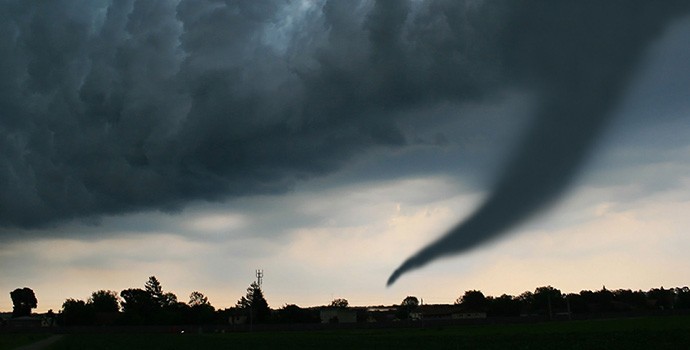
Tornadoes
The critical first step in surviving a tornado is to listen for tornado watches and warnings. A tornado watch means that conditions are favorable for a tornado. A tornado warning means there is immediate danger of a tornado.
While local radio and television stations alert us to tornadoes, the best way to hear tornado warnings in your home is with a weather radio. This device picks up around-the-clock broadcasts from the National Weather Service and sounds a loud alarm with a tornado warning.
Follow these steps
- Identify a safe place in your home and make sure all family members, especially children, know to go there for a tornado warning. Hold tornado drills so everyone remembers what to do.
- If you live in a house: The safest place in your home is the lowest level – the basement. If you don't have one, choose a small room away from windows, like a closet, hallway or bathroom. Stay near the center of the house. Put as many walls as possible between you and a tornado. Close all doors. If your safest room is a first-floor bathroom, get in the tub and hold a mattress or cushions over your head for protection.
- If you live in a mobile home: If you hear a tornado warning, leave your home immediately and go to a nearby shelter or the basement of a building. If you don't have time to reach a shelter, lie flat in a ditch, culvert or other low area and cover your head. Never try to flee a tornado in a vehicle.
- If you get caught outdoors: Hurry to the basement of a sturdy building or lie flat in a ditch, culvert or other low area. Cover your head. Do not stay in a vehicle during a tornado.
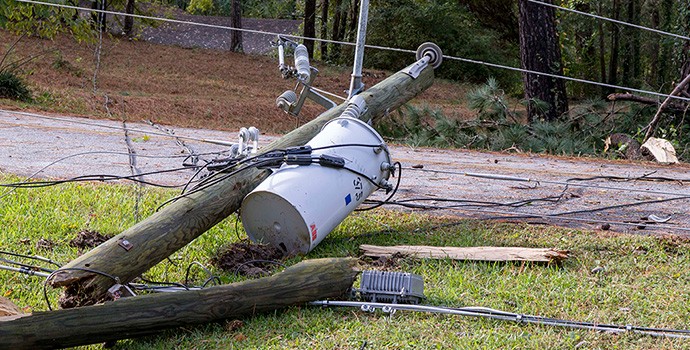
Power Outages
In case of a possible power outage, make sure you:
- Stock up on non-perishable foods, heating fuel and medications. Click here to see what else should be in your Emergency Supply Kit.
- Fill your bathtub and spare containers with water in case your electric water pump or the local water system goes out.
- Have a flashlight, a battery-powered radio and fresh batteries handy.
- Prepare older family members, friends or neighbors who live alone for the weather.

